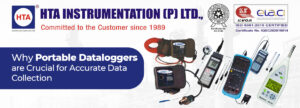
Why Portable Dataloggers are Crucial for Accurate Data Collection
Portable dataloggers are essential in various industries where precise data collection and monitoring are necessary for quality and safety. At HTA Instrumentation (P) Ltd., we
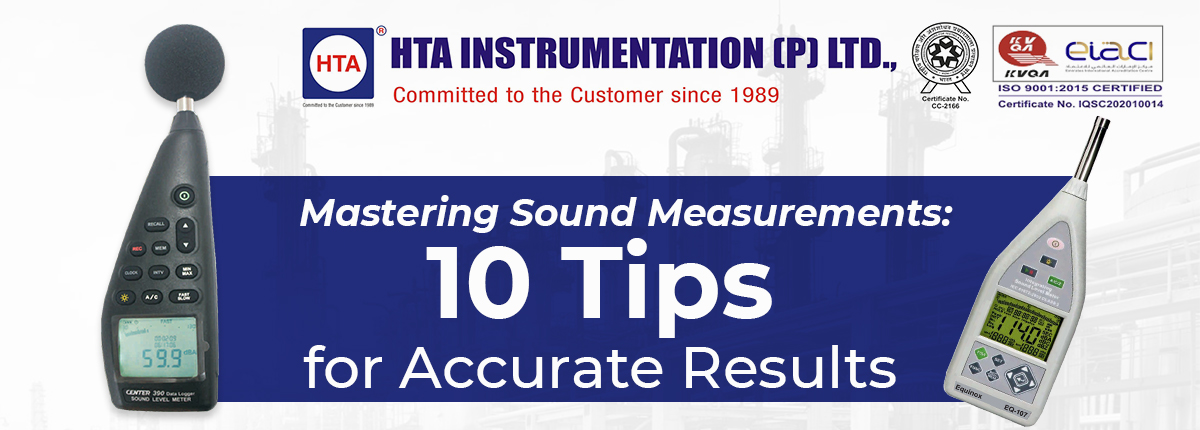
Sound measurements are essential in various fields, from ensuring workplace safety to monitoring environmental noise levels. To obtain accurate and reliable sound measurements, you need more than just the right equipment – you need a solid understanding of sound principles and measurement techniques. Whether you’re a seasoned sound engineer or just starting out, these 10 tips will help you improve your sound measurement practices and get the most reliable results possible.
Conclusion
Obtaining accurate and reliable sound measurements is crucial in various fields, from ensuring workplace safety to monitoring environmental noise levels. By investing in quality equipment, understanding sound principles, and following these 10 tips, you can improve your sound measurement practices and get the most reliable results possible. Remember to calibrate your equipment regularly, record relevant information, and practice consistency to ensure accurate and reliable sound measurements.

Portable dataloggers are essential in various industries where precise data collection and monitoring are necessary for quality and safety. At HTA Instrumentation (P) Ltd., we
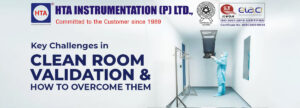
Clean room validation is crucial in industries where controlled environments are essential, such as healthcare, pharmaceuticals, and biotechnology. HTA Instrumentation P Ltd specializes in clean
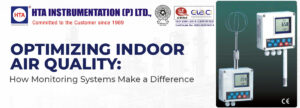
In today’s fast-paced world, maintaining a healthy indoor environment is more important than ever. Indoor air quality (IAQ) directly affects the health, comfort, and productivity
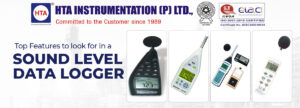
In today’s world, sound measurement and monitoring play a crucial role in industries ranging from environmental testing to workplace safety. A Sound Level Data Logger
